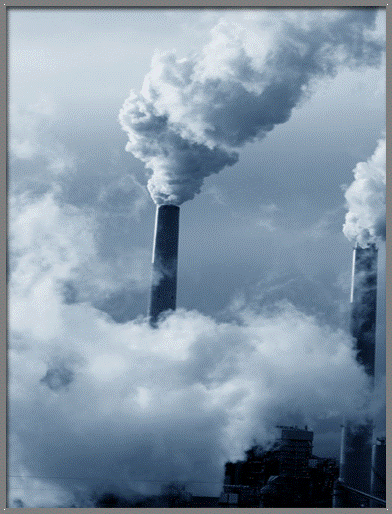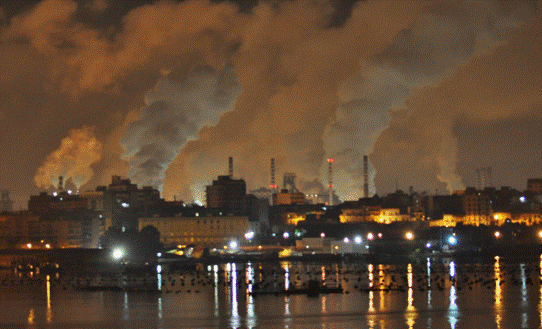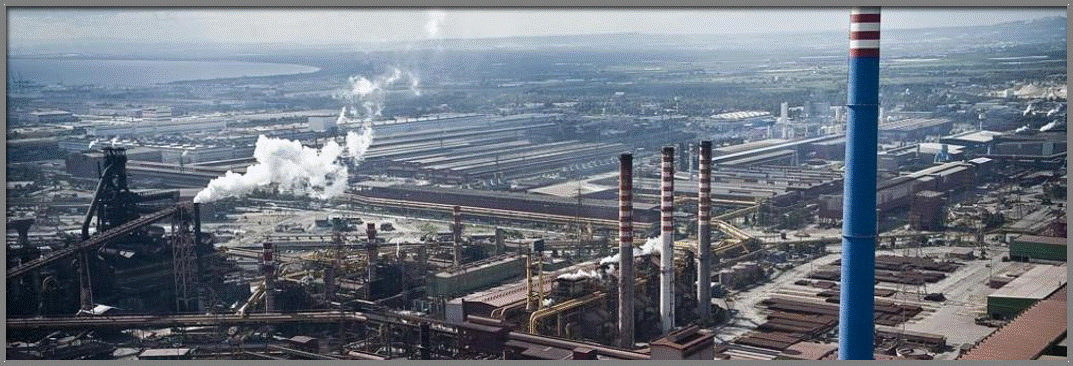
Ilva Group is the most important Italian steel maker, the Group is one of the most famous players within the sector, with 5.8 million tonnes of steel produced in 2016, around 14,000 employees and 15 production units.
The most important Italian establishment is situated in Taranto. There are other factories in Genova, Novi Ligure, Racconigi, Marghera and Patrica.
ILVA’S NUMBERS
Workers and employees
- 12.227: employees of the establishment.
- 850: Workers engaged in hot areas of the plant.
- 1,163: Employees, of which 91 are cadres.
- 15: Executives.

The hot area of the plant
- 5: the blast furnaces.
- 7: The years when a blast furnace runs uninterruptedly without ever being switched off.
- 1500: the grades needed to cast iron.
- 6: The months needed to reactivate a blast furnace. In some cases, it may take up to 12-15 months.
ILVA AND THE ENVIROMENT
Ilva has always commited to safeguard the environment. Despite that the territory has affected by the presence of this factory; in fact the surrounding areas have suffered and are still suffering the damage caused by the powder produced.
WHEN WAS ILVA BORN?
The history of ILVA has its roots in the economic
and social context of the 20th century that
transformed Italy into a highly industrialized country.

ILVA DURING THE WARS
Its history began in 1905. During the First World War, it bought shipbuildings and aeronautics companies; this requested huge investments and consequent debts, that, at the end of the war, has put the Ilva in serious difficulties.
ILVA DURING THE 20° CENTURY
- In the late 1980s, during the steel market crisis period, the Group had economic and financial adversities.
- During 1990s has started the laborious renunciation work of production facilities.
ILVA TODAY
Today steel stands at the center of production processes and continues to represent a strategic sector for the economy.
Created by Borrelli Miriana - Donvito Viviana - Mastrangelo Martina
